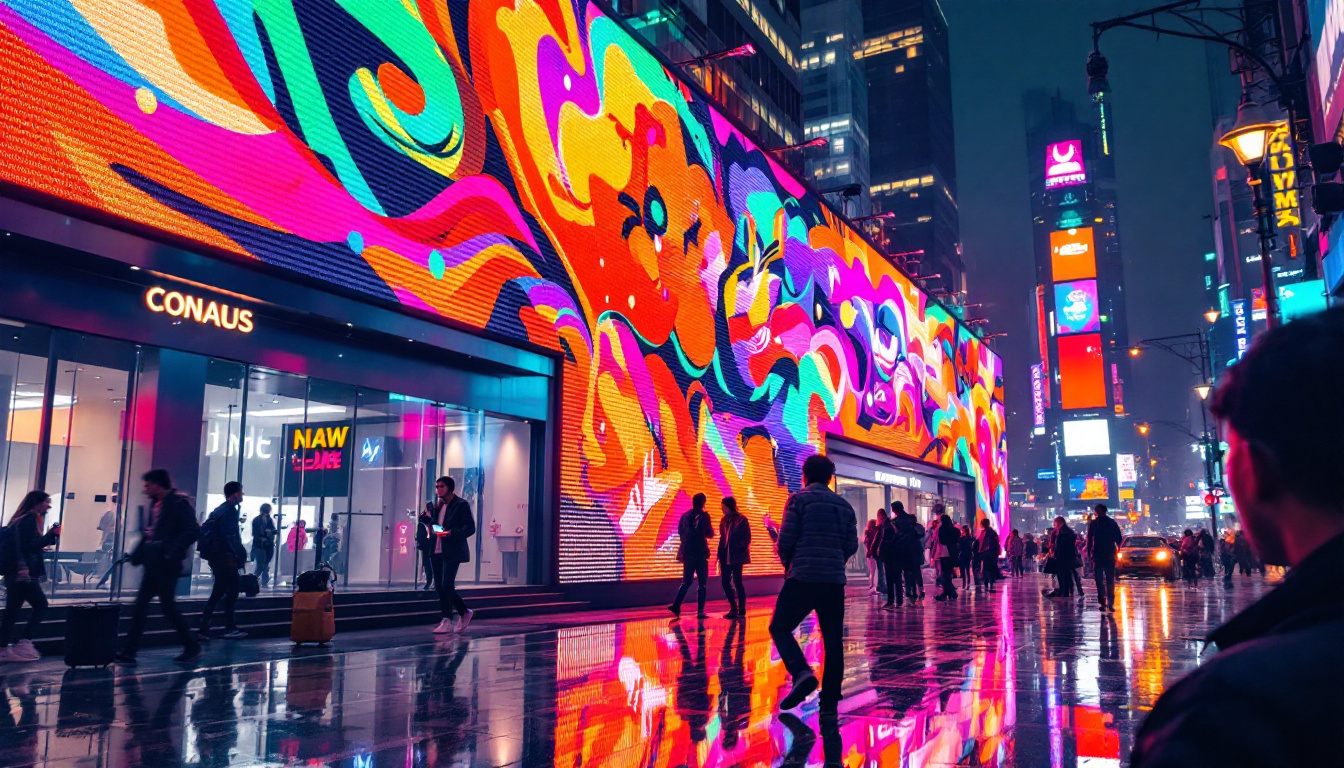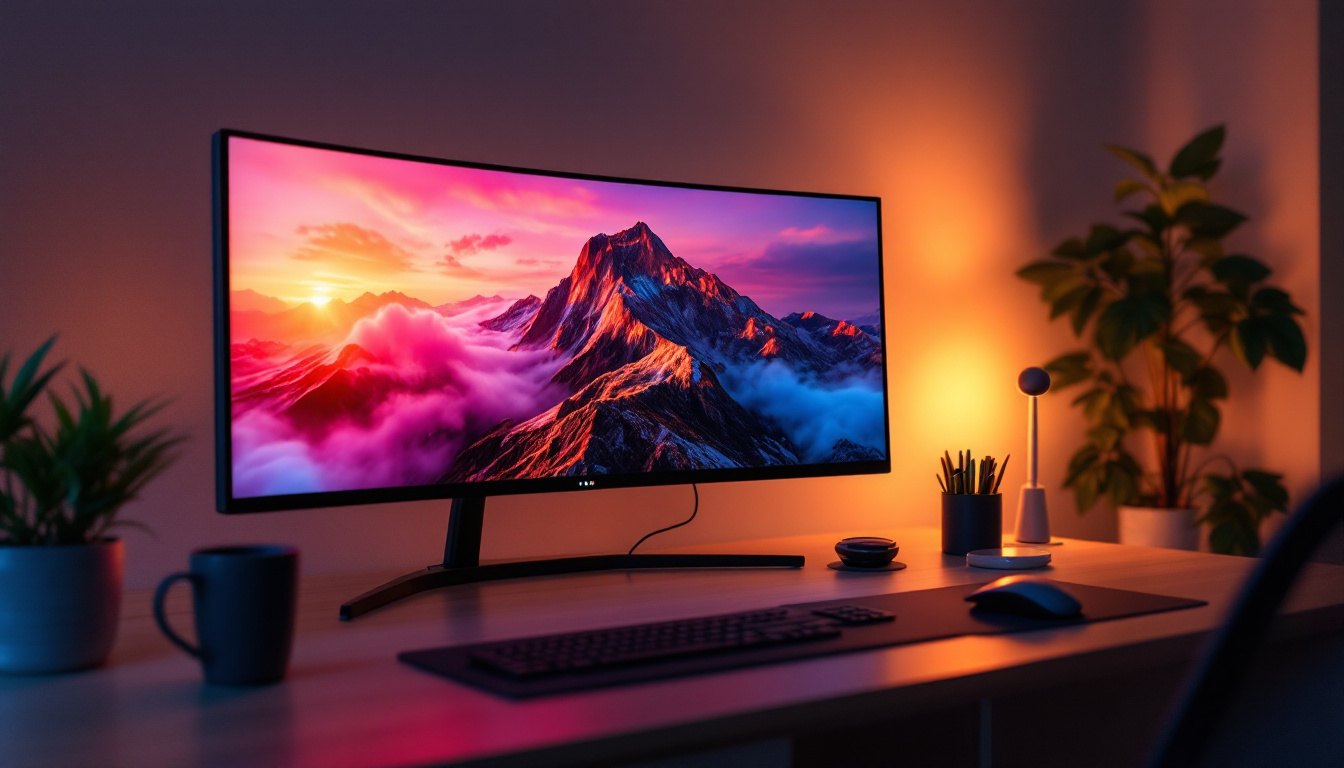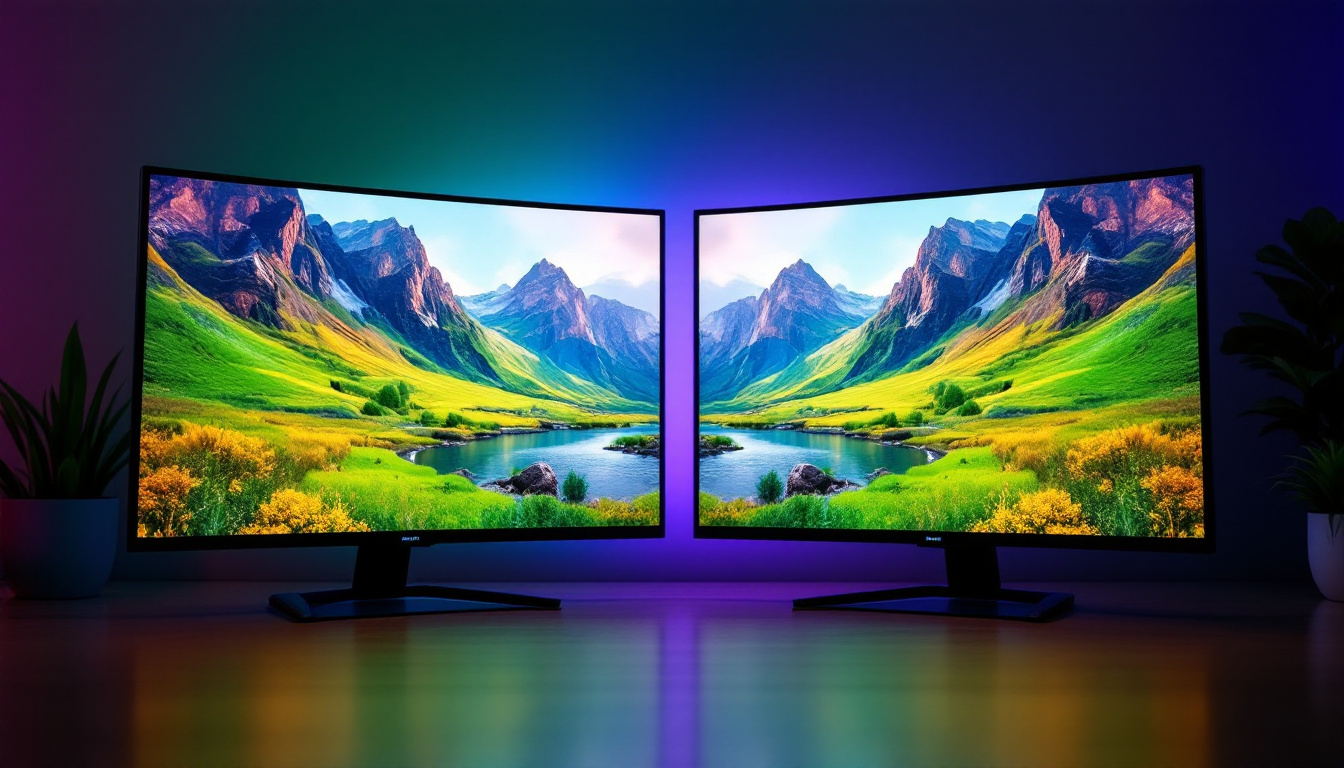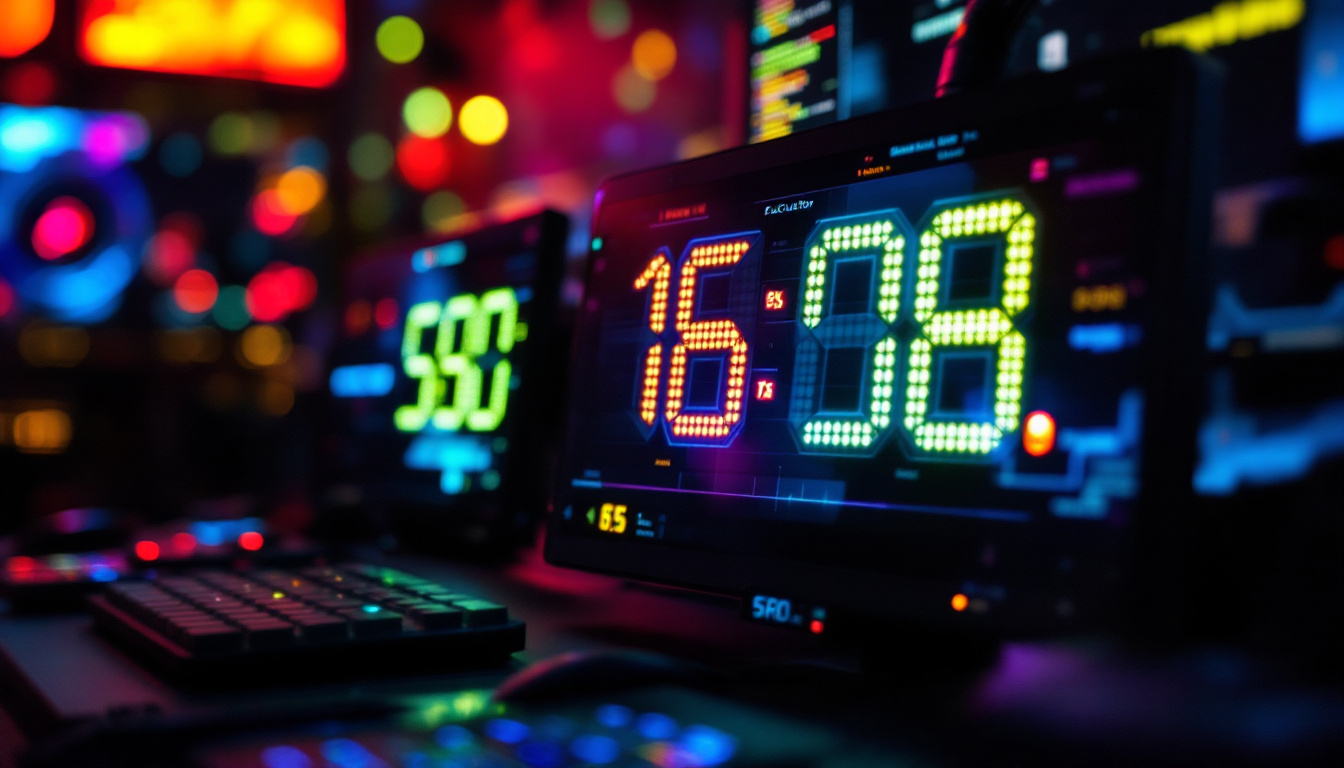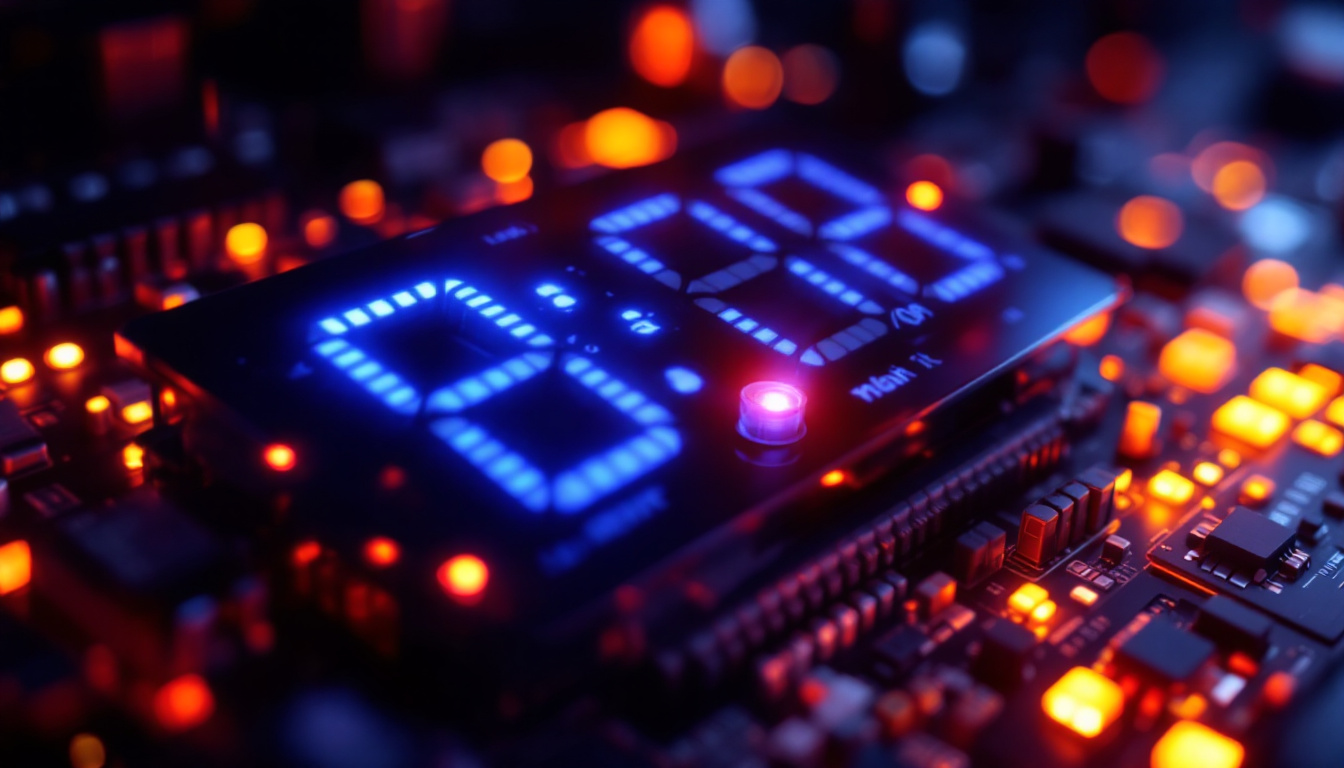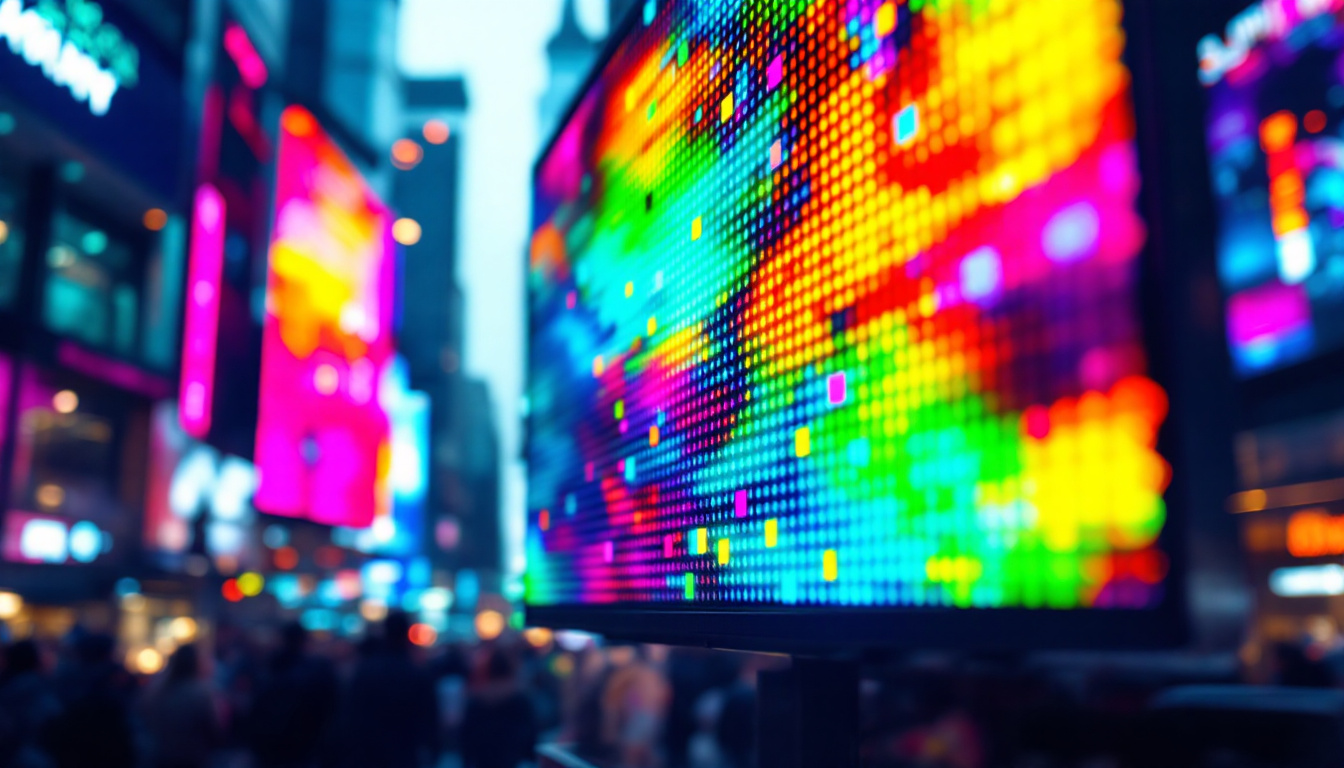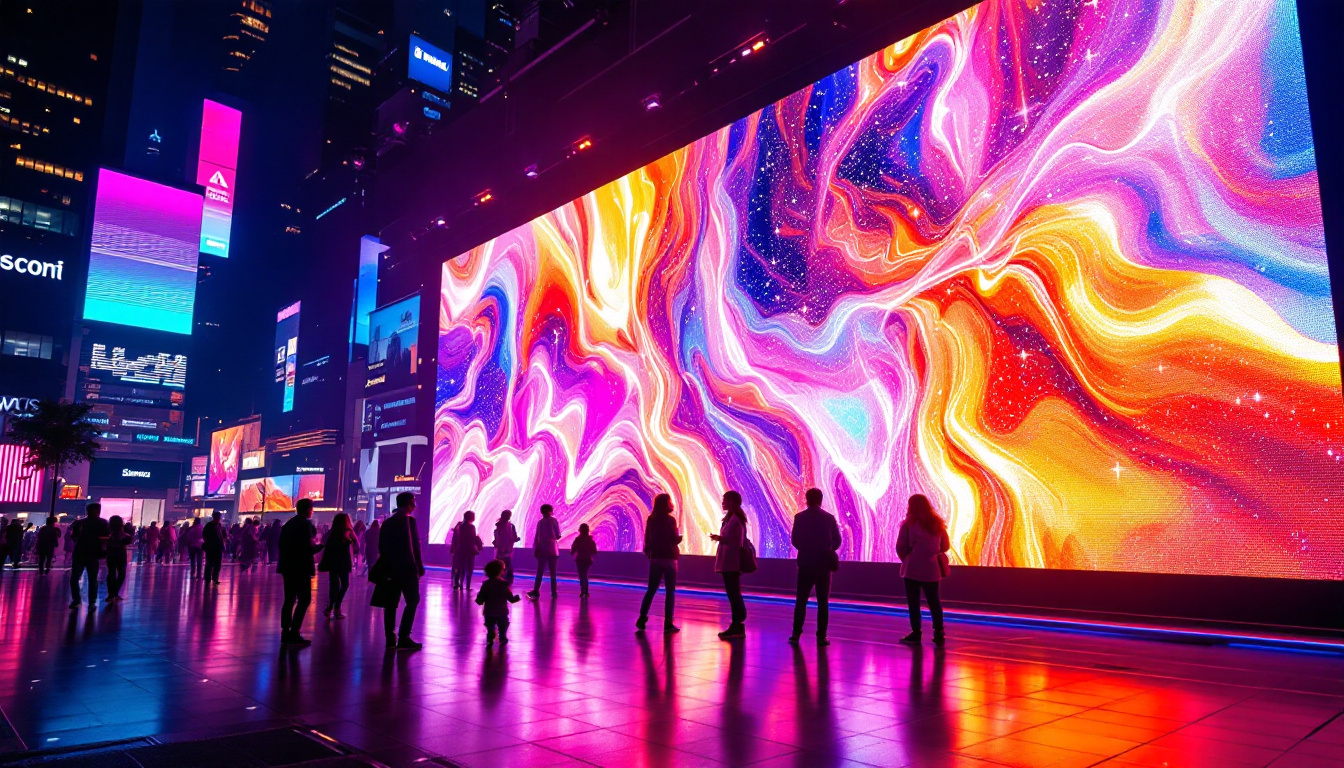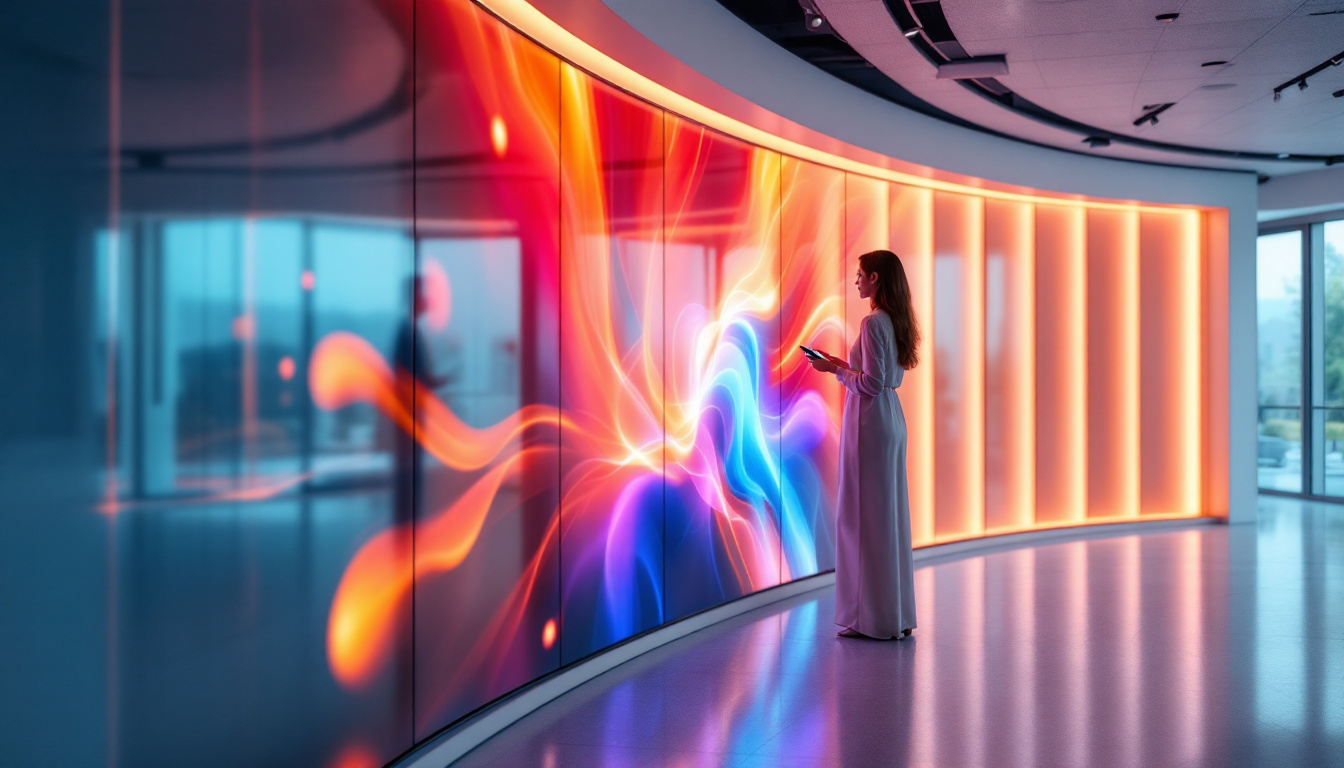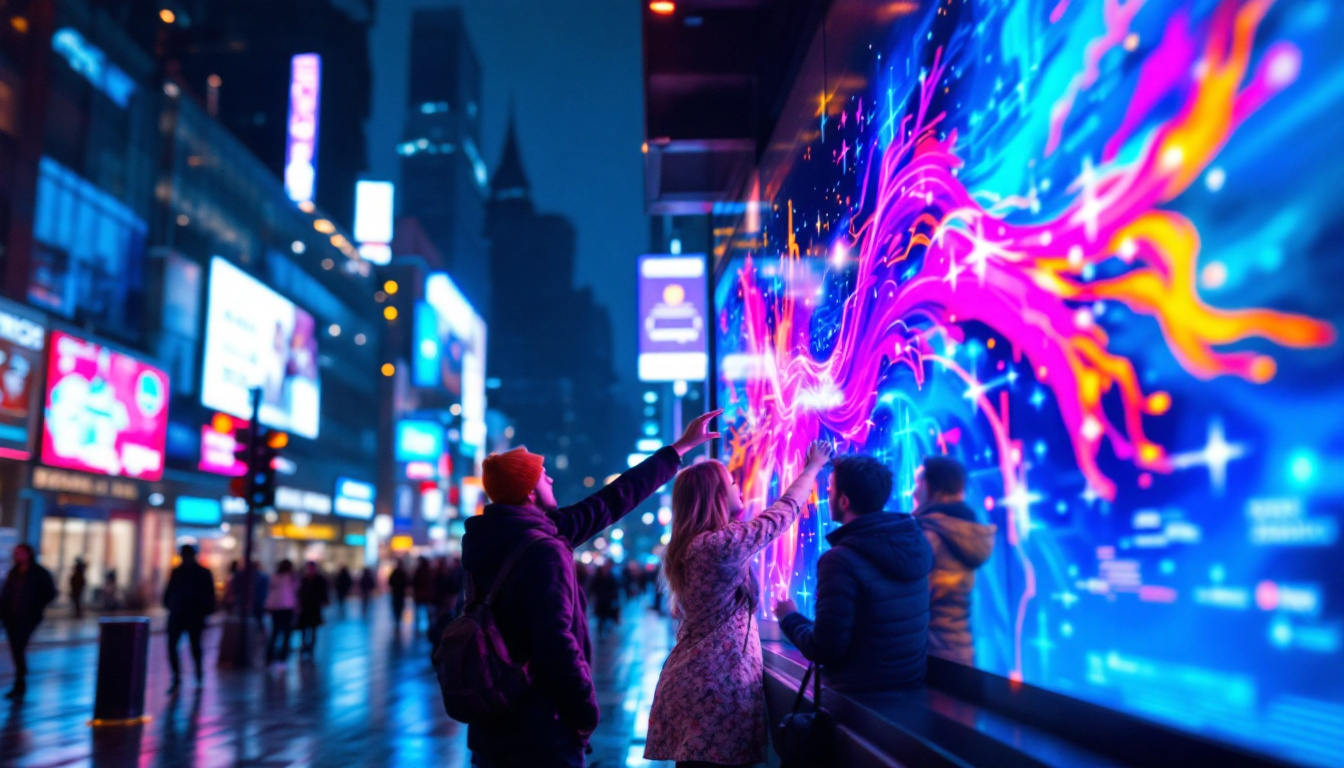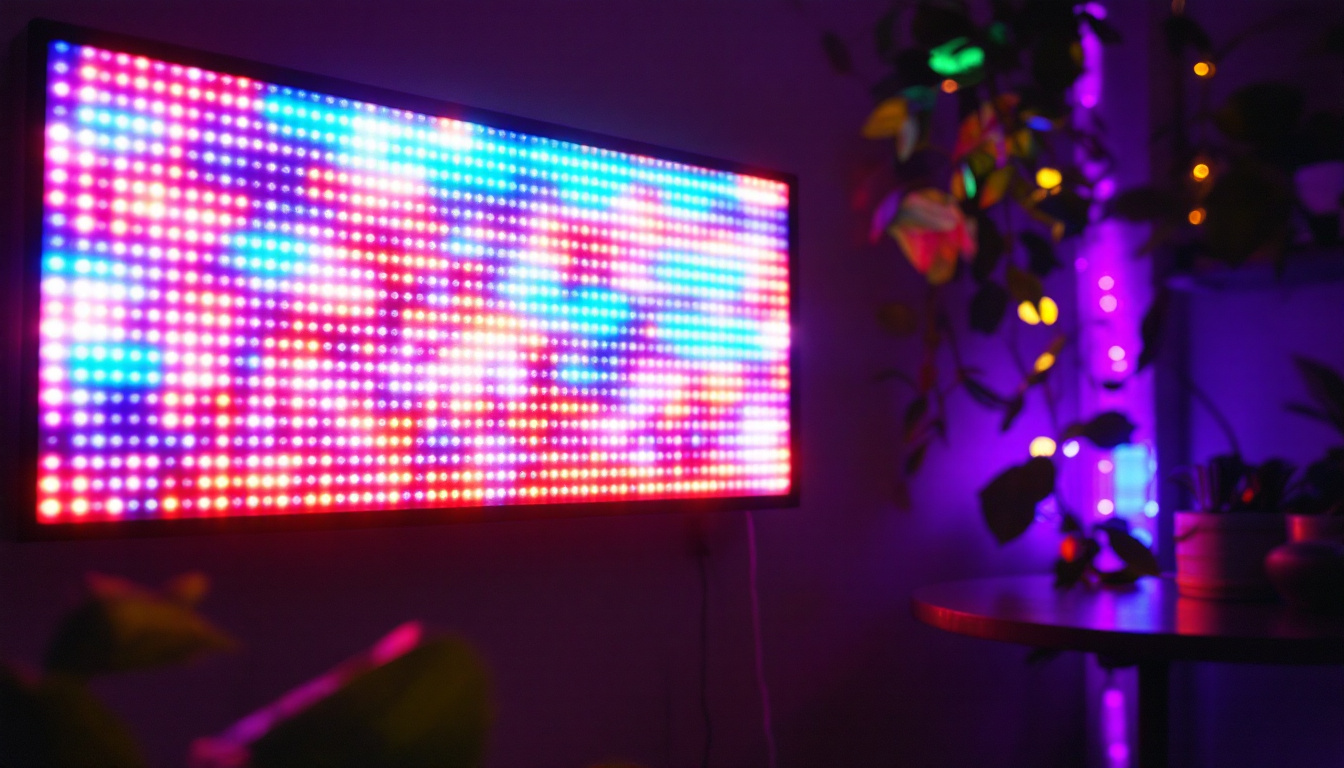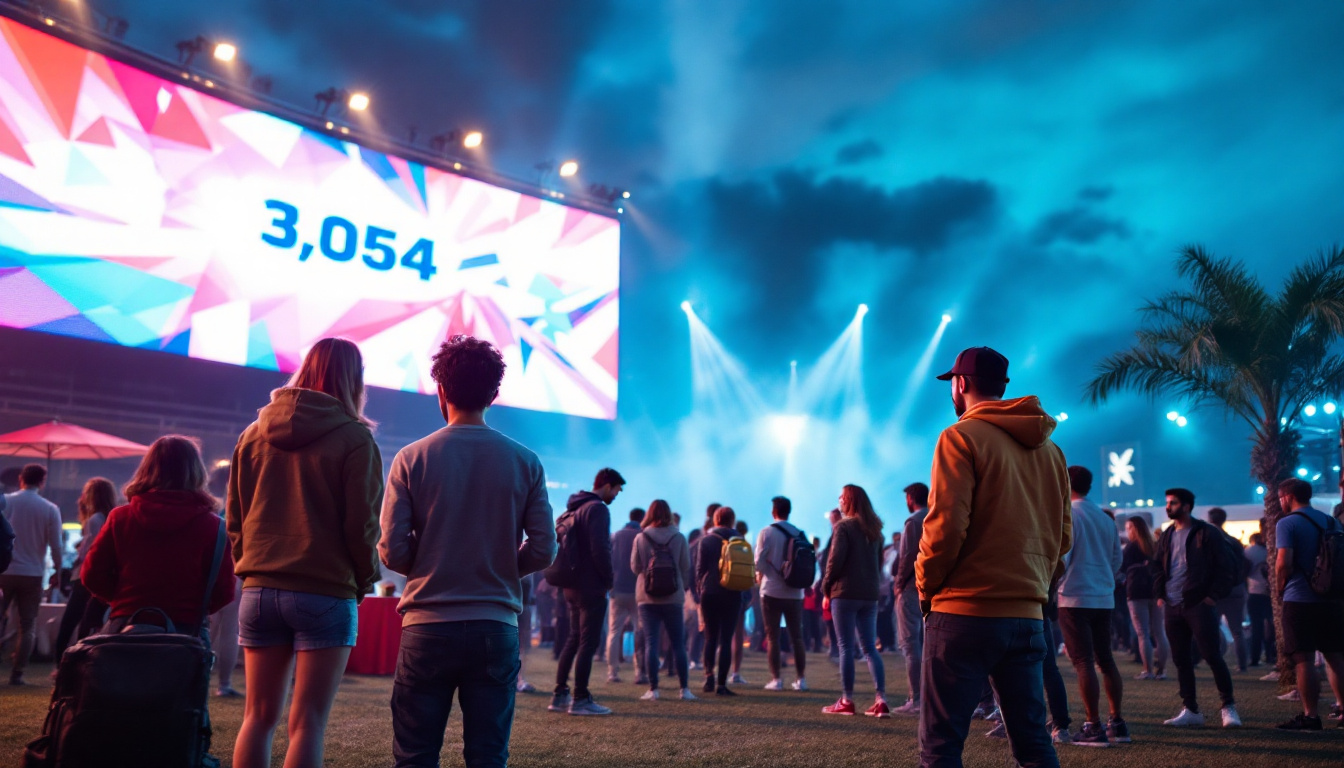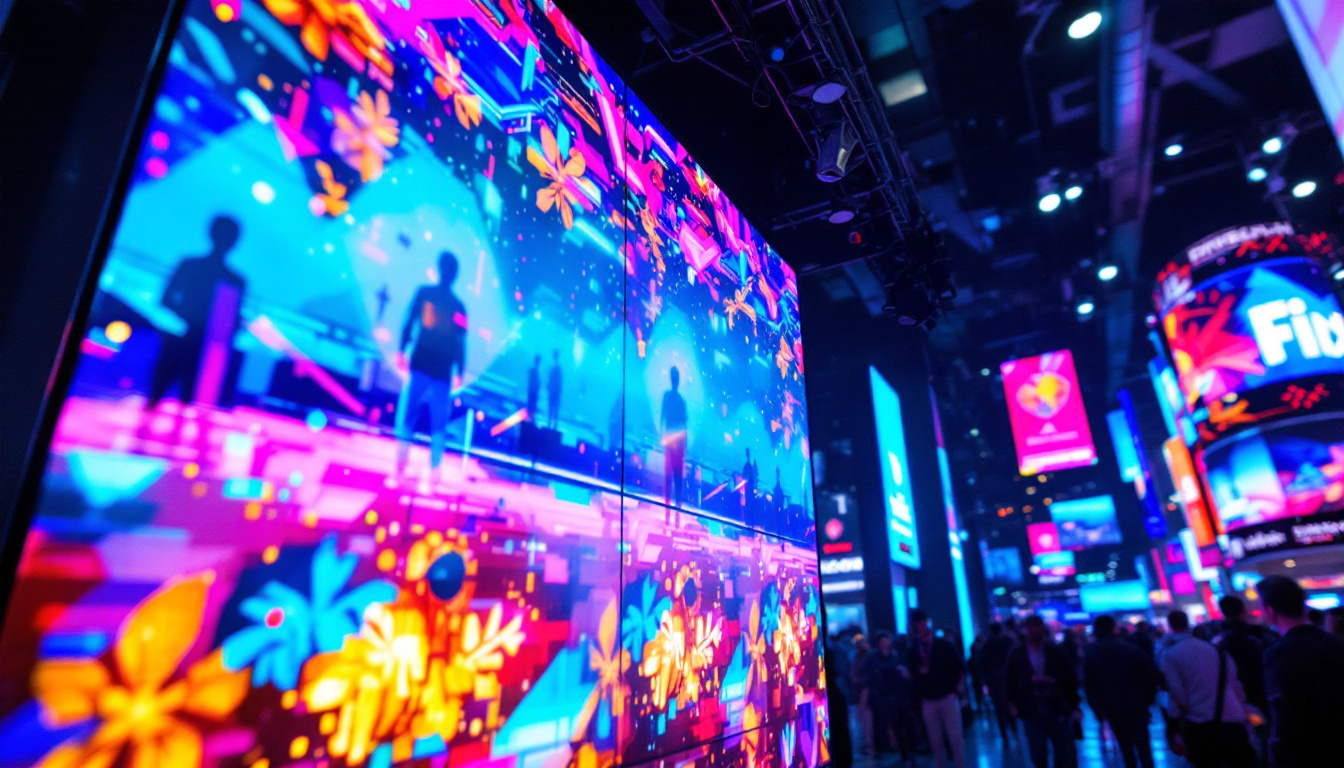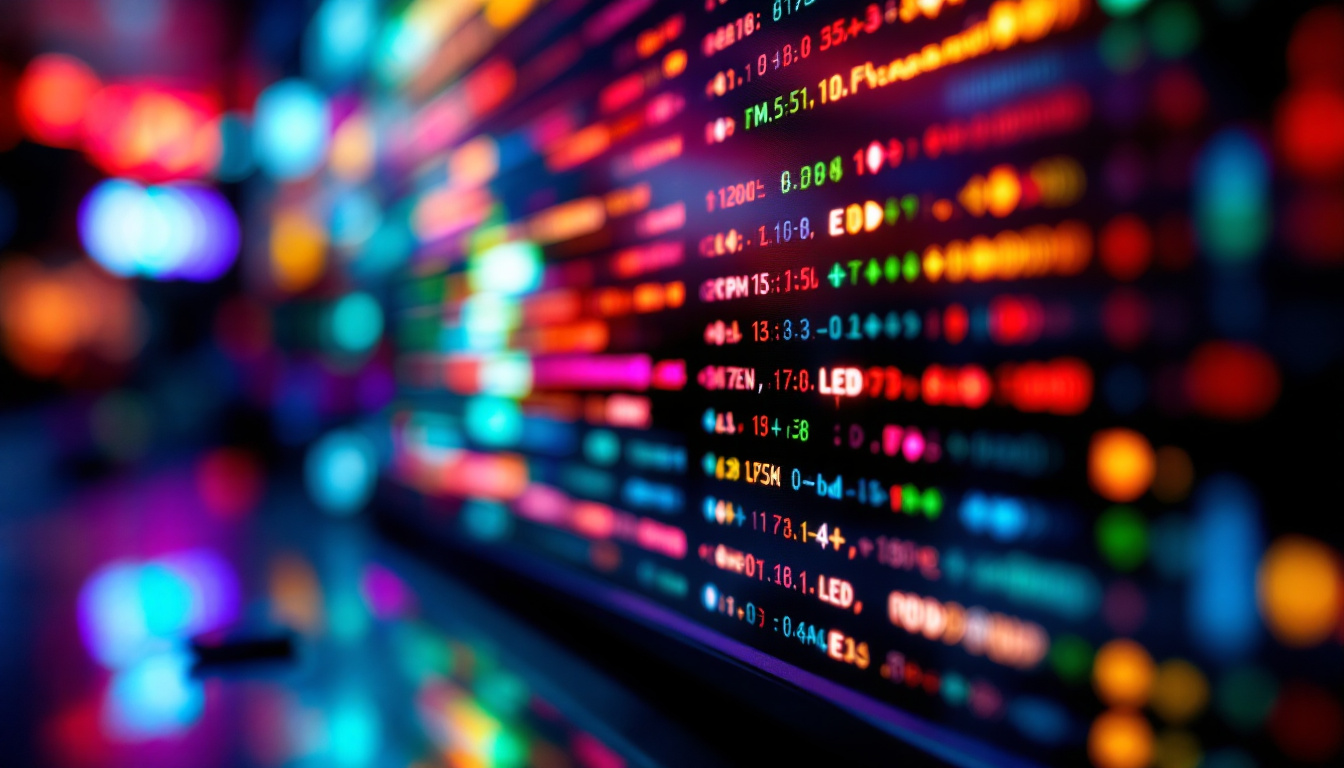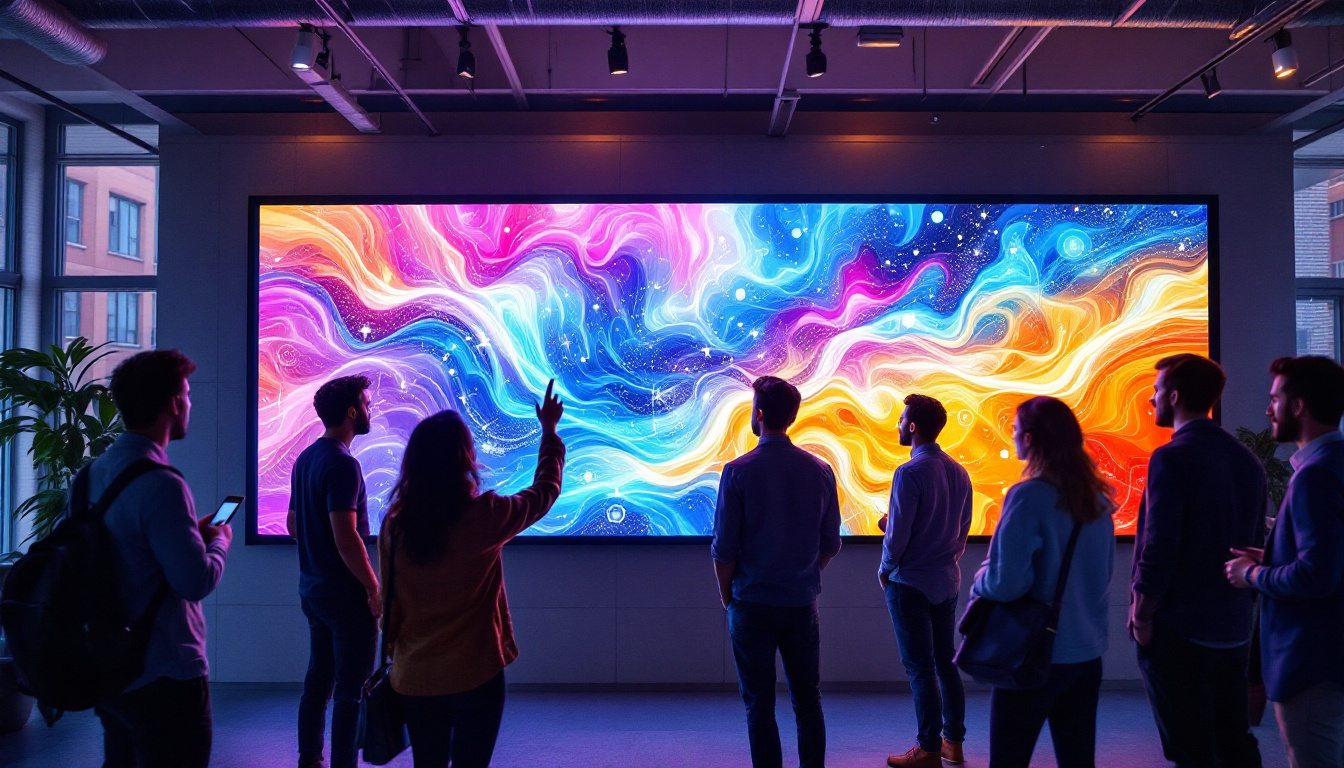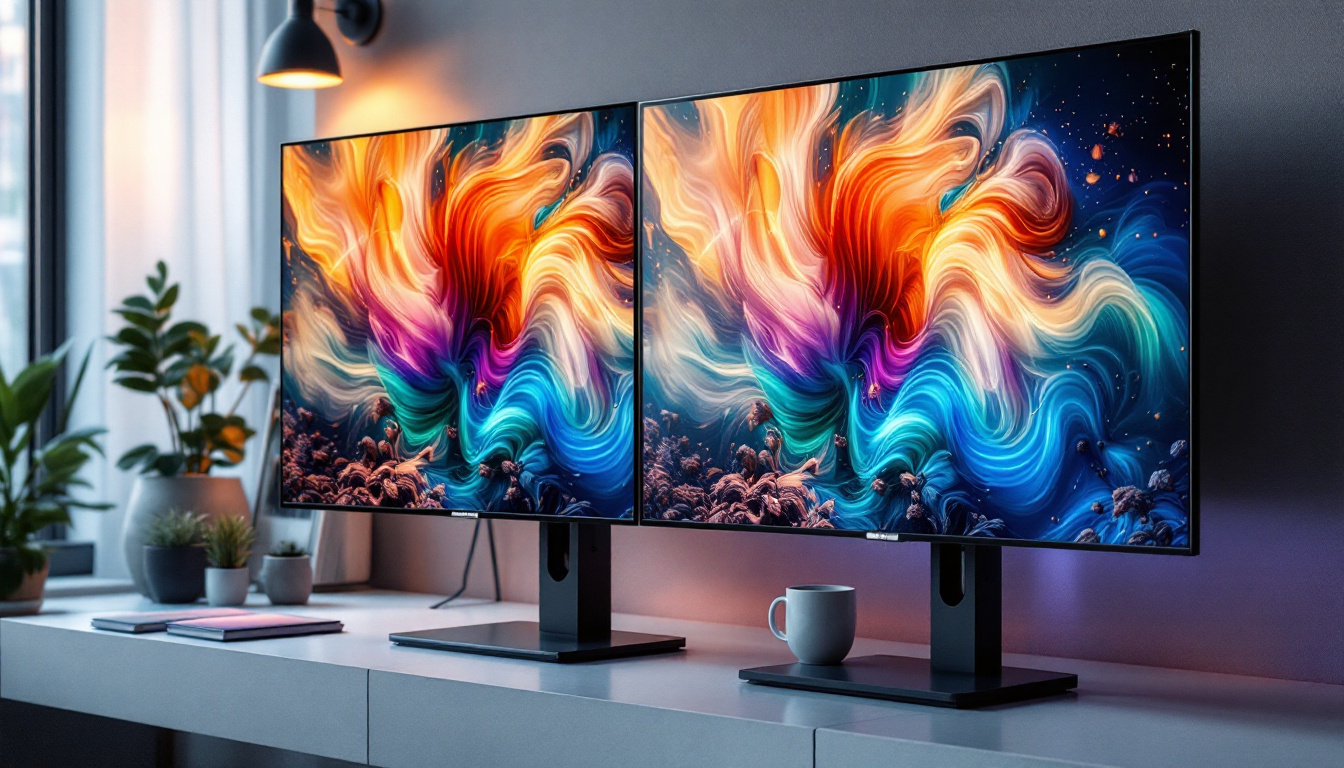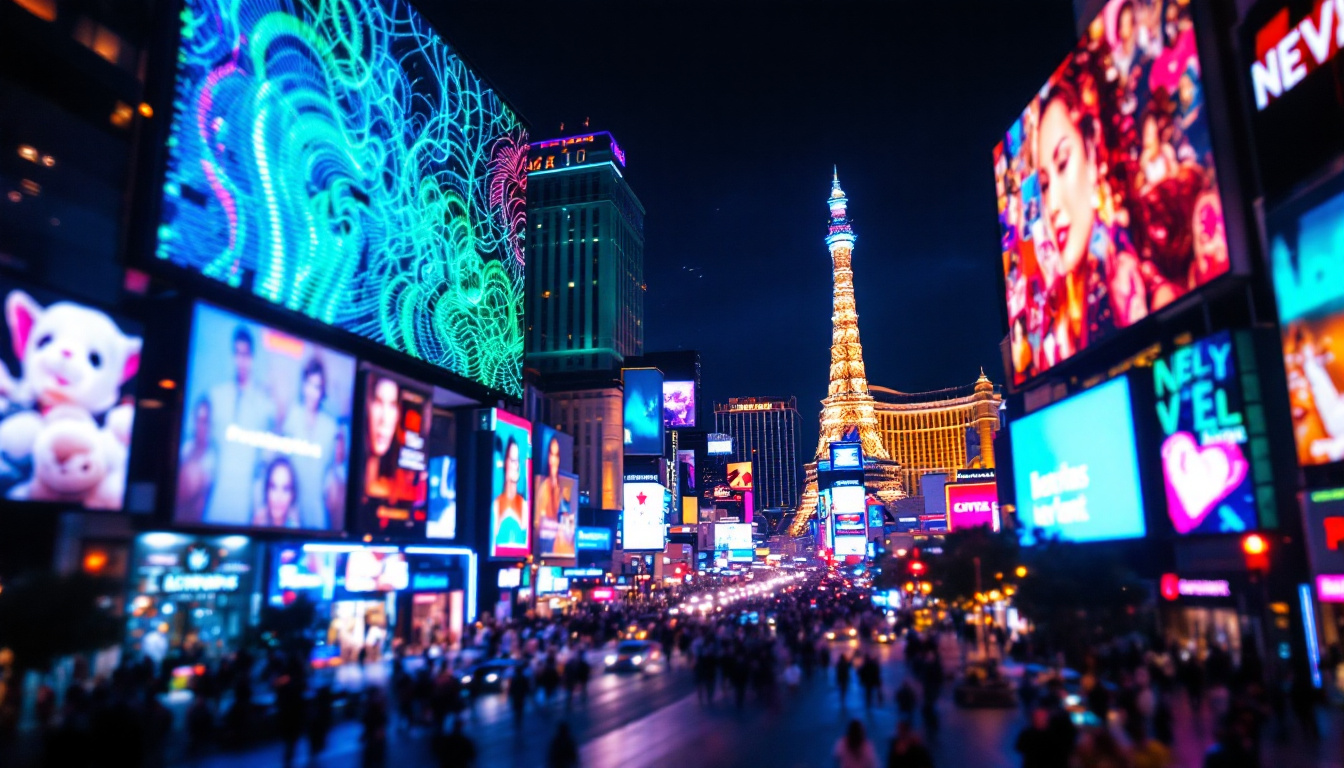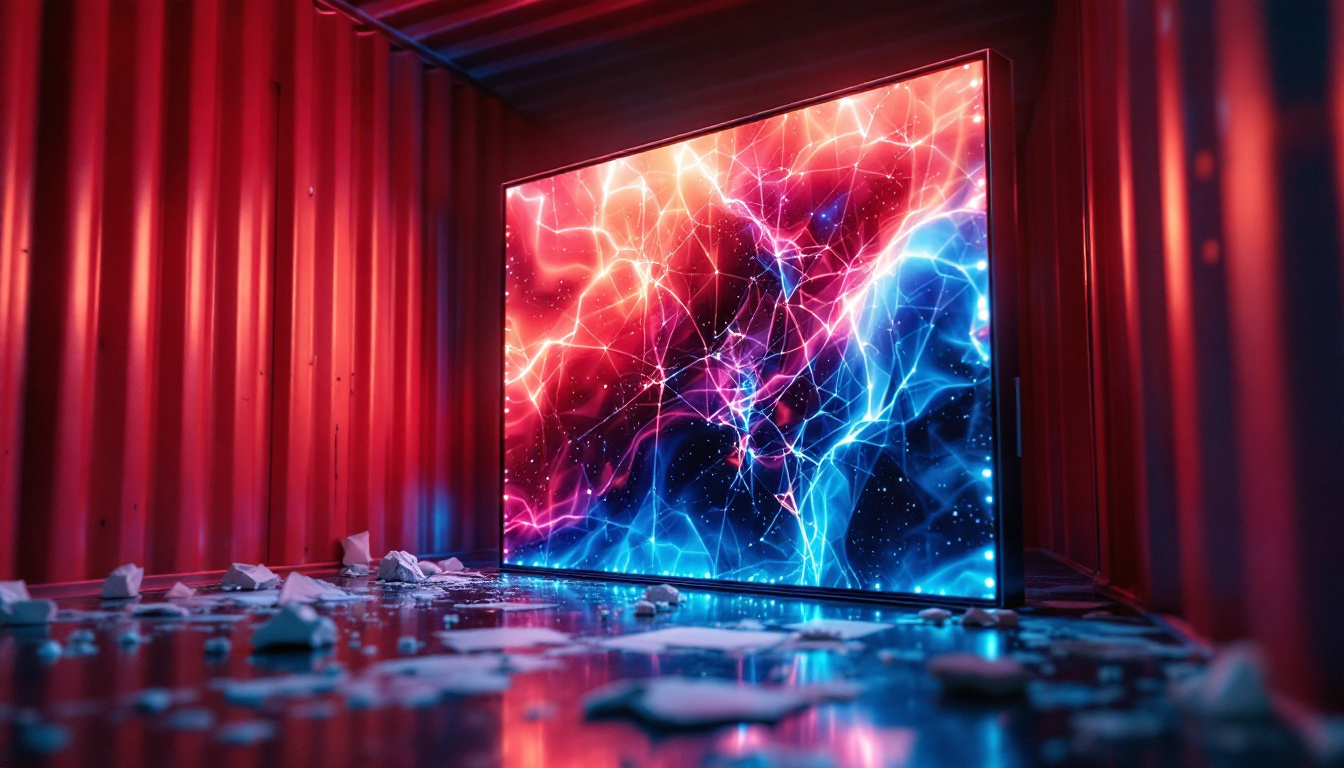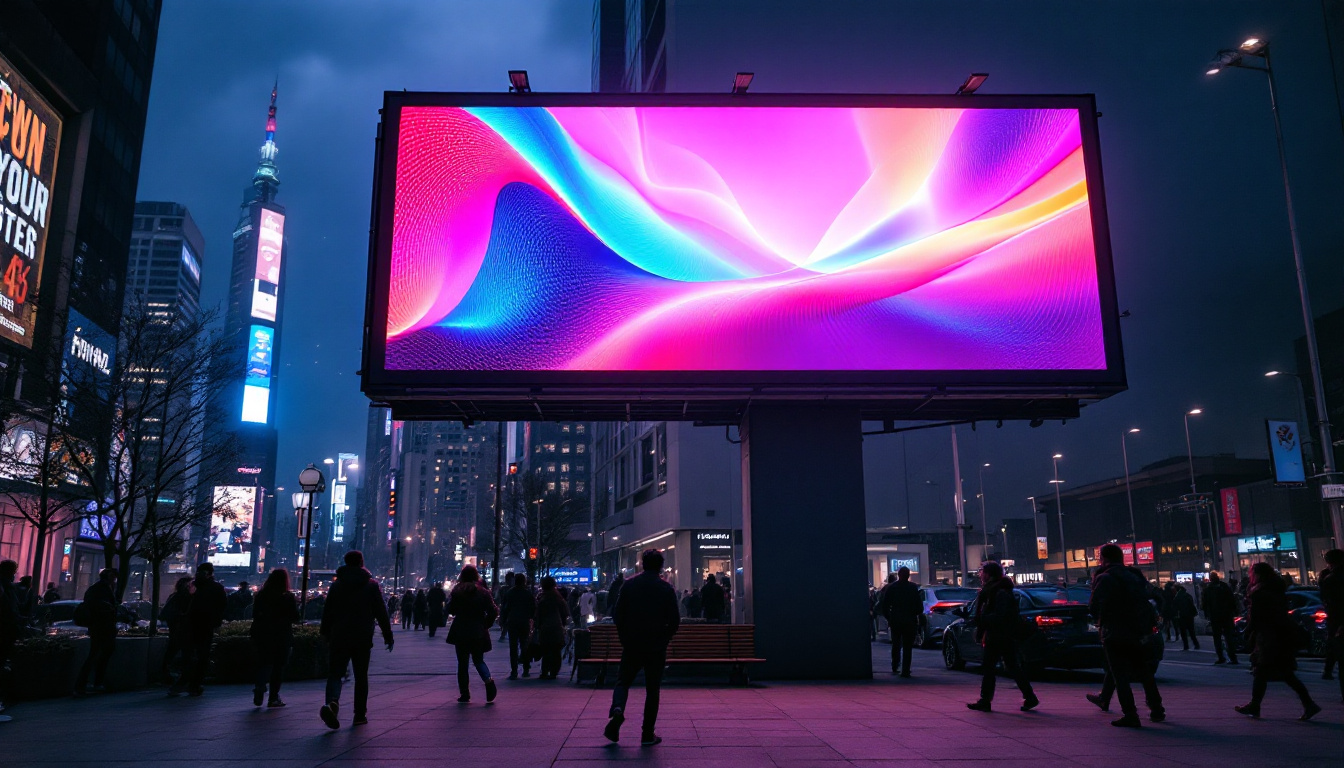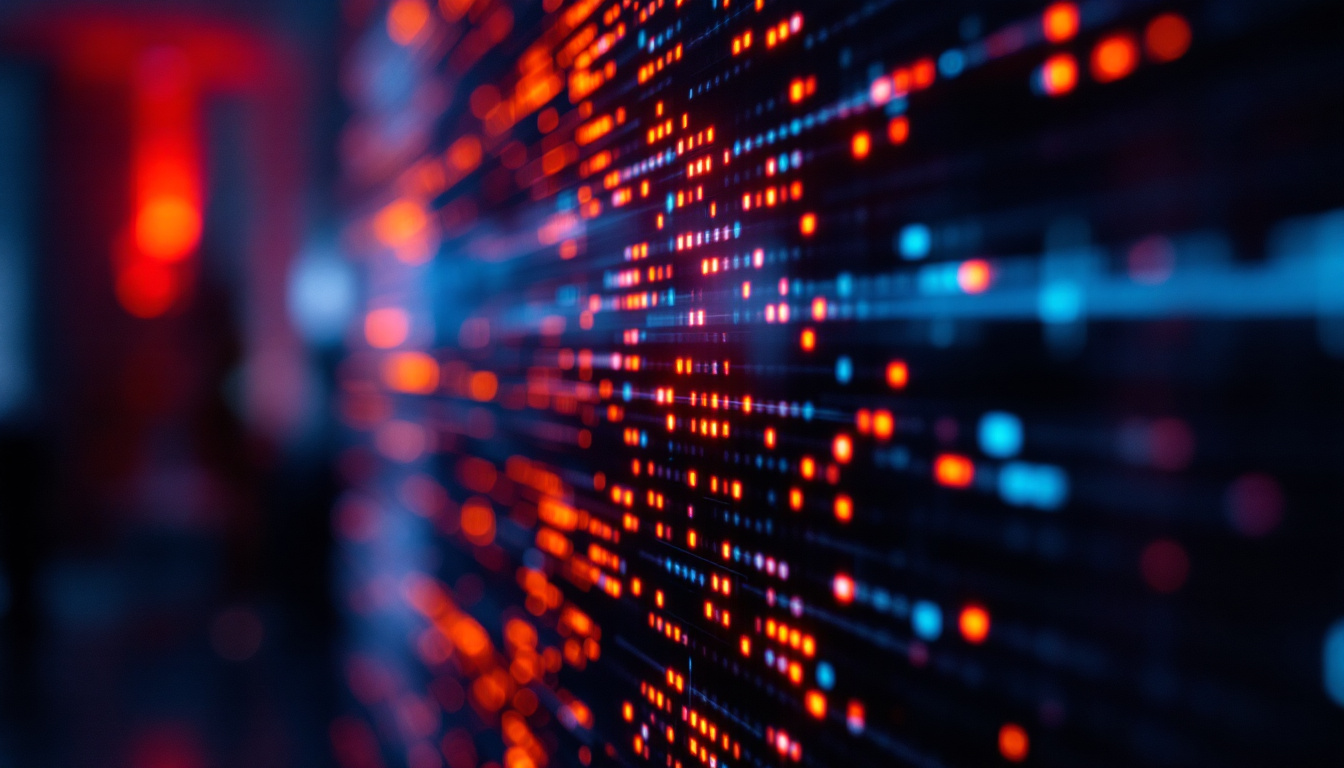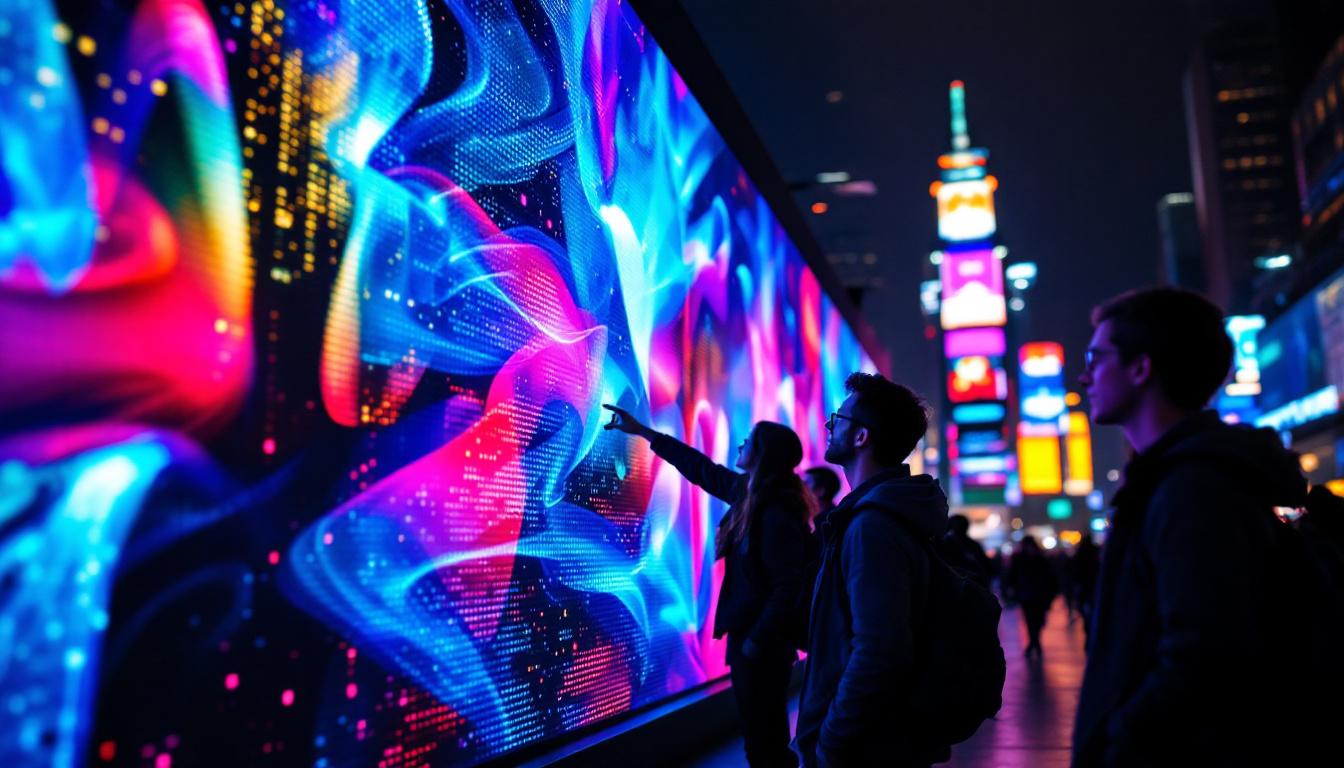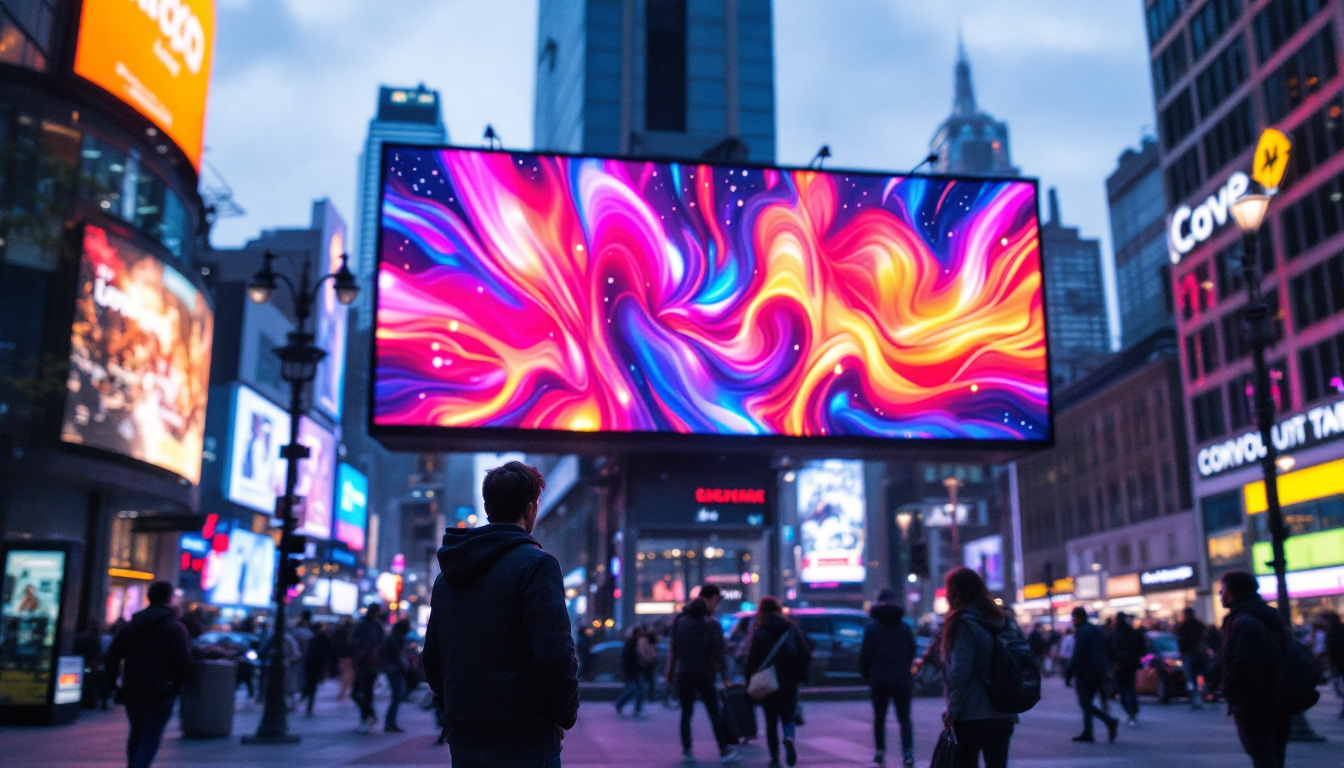In the realm of modern advertising and visual communication, LED displays have emerged as a revolutionary medium. Among the various types of LED technology, Ld Wall stands out for its versatility and effectiveness in delivering high-quality visuals. This article delves into the intricacies of Ld Wall LED displays, exploring their functionality, applications, and the technology that powers them.
Understanding LED Technology
To appreciate the significance of LED wall displays, it is essential to understand the underlying technology of LED (Light Emitting Diode). LEDs are semiconductor devices that emit light when an electric current passes through them. This technology has evolved significantly over the years, leading to the development of various types of displays, including those used in signage, television, and digital billboards. The versatility of LED technology has made it a popular choice across numerous industries, from entertainment to transportation, where dynamic visual communication is paramount.
The Basics of LED Functionality
At its core, an LED display consists of numerous tiny light sources arranged in a grid. Each LED can emit different colors, allowing for a full spectrum of visuals. The combination of red, green, and blue (RGB) LEDs creates a wide range of colors, enabling the display to show vibrant images and videos. The brightness and clarity of LED displays make them ideal for both indoor and outdoor environments. Moreover, advancements in technology have led to the development of high-definition (HD) and ultra-high-definition (UHD) LED displays, which provide even sharper images and finer details, making them suitable for applications such as live events and high-stakes presentations.
Advantages of LED Displays
LED displays offer several advantages over traditional display technologies. One of the most notable benefits is their energy efficiency. LEDs consume significantly less power than incandescent or fluorescent lights, making them a cost-effective solution for long-term use. Additionally, LED displays have a longer lifespan, often lasting up to 100,000 hours, which reduces the need for frequent replacements. This longevity not only translates to lower maintenance costs but also less environmental waste, as fewer displays end up in landfills over time.
Another advantage is their ability to deliver high brightness levels, ensuring visibility even in direct sunlight. This feature is particularly beneficial for outdoor advertising, where competing with natural light is crucial. Furthermore, LED displays provide excellent color accuracy and contrast, enhancing the overall visual experience. The technology also supports various content types, from static images to dynamic videos, allowing businesses to engage audiences in innovative ways. As a result, LED displays have become an integral part of modern marketing strategies, enabling brands to capture attention and convey messages more effectively than ever before.
What is an Ld Wall Display?
An Ld Wall display is a specific type of LED display that is designed for large-scale applications. These displays are typically composed of multiple LED panels that are seamlessly connected to create a larger visual surface. The modular nature of Ld Wall technology allows for flexibility in size and shape, making it suitable for various environments, from retail spaces to concert venues. This versatility is one of the key reasons why Ld Wall displays have gained immense popularity across different industries, providing dynamic visual experiences that can be tailored to specific audience needs.
Construction of Ld Wall Displays
Ld Wall displays are built using individual LED modules that can be easily assembled and disassembled. Each module contains a matrix of LEDs, which can be customized based on the desired resolution and pixel pitch. Pixel pitch refers to the distance between the centers of two adjacent pixels, which directly affects the display’s clarity and detail. The choice of pixel pitch is crucial; for instance, a display intended for a bustling shopping mall might prioritize vibrant colors and high brightness to capture attention, while a display in a corporate setting might focus on clarity for presentations and video conferencing.
Higher resolution displays, with smaller pixel pitches, are ideal for close viewing distances, such as in indoor settings. Conversely, larger pixel pitches are more suitable for outdoor displays, where viewers are typically farther away. This adaptability makes Ld Wall displays a popular choice for a wide range of applications. Additionally, advancements in LED technology have led to improvements in energy efficiency and color accuracy, further enhancing the visual quality and sustainability of these displays.
Installation and Maintenance
Installing an Ld Wall display requires careful planning and execution. The modular design allows for various configurations, but it is essential to consider factors such as location, viewing angles, and structural support. Professional installation is often recommended to ensure optimal performance and safety. Moreover, the integration of advanced mounting systems can facilitate quick adjustments and repositioning, allowing businesses to adapt their displays to changing needs or layouts without significant downtime.
Maintenance of Ld Wall displays is relatively straightforward. Regular cleaning and inspections are necessary to keep the display in top condition. Many modern Ld Wall systems come equipped with diagnostic tools that help monitor performance and identify potential issues before they become significant problems. These tools can provide real-time feedback on brightness levels, color consistency, and operational status, enabling proactive maintenance strategies that minimize disruptions. Furthermore, some manufacturers offer extended warranties and service packages, ensuring that businesses can rely on their displays for years to come while receiving timely support and upgrades as technology evolves.
Applications of Ld Wall Displays
Due to their versatility, Ld Wall displays find applications across numerous industries. From advertising to entertainment, these displays have transformed the way information is conveyed and experienced.
Advertising and Marketing
One of the most prominent uses of Ld Wall displays is in advertising. Brands leverage the high visibility and dynamic capabilities of these displays to capture the attention of potential customers. Ld Wall displays can showcase vivid advertisements, promotional videos, and interactive content, creating engaging experiences that draw in audiences.
In retail environments, Ld Wall displays are often used to highlight products, announce sales, or provide information about the brand. Their ability to change content in real-time allows businesses to adapt their marketing strategies quickly and effectively. Additionally, these displays can be integrated with social media feeds, enabling brands to showcase user-generated content or live updates, further enhancing customer engagement and interaction.
Entertainment and Events
In the entertainment industry, Ld Wall displays play a crucial role in enhancing live events. Concerts, festivals, and sporting events utilize these displays to create immersive experiences for attendees. Large-scale visuals can be synchronized with music and performances, adding an extra layer of excitement to the event.
Moreover, Ld Wall displays are commonly used in theaters and cinemas to provide stunning visuals and advertisements before the main feature. Their ability to deliver high-quality images and videos ensures that audiences remain engaged and entertained. Beyond traditional venues, these displays are also making their way into theme parks and attractions, where they can be used to tell stories, guide visitors, or create themed environments that transport guests into different worlds.
Corporate and Educational Environments
In corporate settings, Ld Wall displays serve as powerful communication tools. They can be used for presentations, training sessions, and internal communications. The clarity and size of these displays facilitate effective information sharing, making them ideal for conferences and meetings.
Educational institutions also benefit from Ld Wall displays, using them to enhance learning experiences. These displays can present interactive lessons, display educational videos, or serve as digital bulletin boards, fostering a more engaging environment for students. Furthermore, Ld Wall displays can facilitate collaborative learning by allowing multiple users to interact with the content simultaneously, promoting teamwork and creativity in problem-solving activities. As technology continues to evolve, the integration of augmented reality features into these displays could revolutionize the way educational material is presented, making learning even more dynamic and interactive.
The Future of Ld Wall Displays
The future of Ld Wall displays looks promising, with advancements in technology paving the way for even more innovative applications. As the demand for high-quality visual communication continues to grow, manufacturers are focusing on improving resolution, color accuracy, and energy efficiency.
Emerging Technologies
One of the most exciting developments in LED technology is the integration of artificial intelligence (AI) and machine learning. These technologies can optimize display performance by analyzing viewer engagement and adjusting content accordingly. This level of personalization can significantly enhance the effectiveness of advertising and communication strategies.
Additionally, advancements in flexible LED technology are enabling the creation of curved and irregularly shaped displays. This flexibility opens up new possibilities for creative installations, allowing designers to think outside the box and create unique visual experiences.
Sustainability and Environmental Considerations
As sustainability becomes an increasingly important focus for businesses and consumers alike, the LED industry is also adapting. Many manufacturers are prioritizing eco-friendly materials and production processes, reducing waste and energy consumption. Ld Wall displays, with their long lifespan and low energy usage, are already a step in the right direction.
Moreover, the potential for recycling old LED components is being explored, contributing to a more sustainable lifecycle for these displays. As technology continues to evolve, the industry is likely to see more initiatives aimed at minimizing environmental impact.
Conclusion
In summary, Ld Wall displays represent a significant advancement in LED technology, offering a dynamic and versatile solution for visual communication. Their ability to deliver high-quality visuals in various applications, from advertising to entertainment, makes them an invaluable asset across multiple industries.
As technology progresses, the future of Ld Wall displays promises even greater innovations and enhancements. With a focus on sustainability and emerging technologies, these displays are set to redefine how information is shared and experienced in the years to come. Whether in a bustling cityscape or a corporate boardroom, Ld Wall displays are here to stay, transforming the way audiences engage with visual content.
Discover LumenMatrix LED Display Solutions
Ready to elevate your visual communication and captivate your audience with unparalleled clarity and vibrancy? Look no further than LumenMatrix, a pioneer in LED display technology. Our comprehensive range of products, from Indoor and Outdoor LED Wall Displays to innovative solutions like Vehicle LED Displays and LED Transparent Displays, are designed to transform your space and engage viewers like never before. Experience the future of digital signage with LumenMatrix and let us help you make a lasting impression. Check out LumenMatrix LED Display Solutions today and step into a world of vivid imagery and dynamic storytelling.

